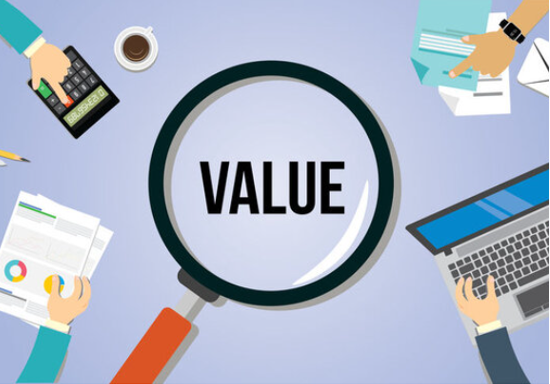Growing Fast - Less Spend
In a startup, getting your first 50 customers creates the foundation of the company and the traction the company needs to build a business. The momentum generated by getting those first customers means everything to the company. But what’s the fastest way to get those customers, and with the minimum use of capital?
Many Founders presume that building up a sales team starts with a senior-level Sales VP right from the beginning. Unfortunately, there are too many occasions when it doesn’t work well. A sales VP who is good at building and recruiting the sales team doesn’t always have the skills to figure out the early messaging and value proposition to gain the attention of early adaptive customers. The reality is, there are more execution-focused VP’s of Sales who are great at leading their teams, but far too few with the creative skills to figure out what will get a prospective customer’s attention. Typically, these big guns have had the benefit of working with different levels of marketing help in their previous lives.
Recently we were doing a search for a VP of Sales Enablement, and as I started talking to candidates, I noticed that many had excellent sales backgrounds before they began focusing on sales enablement. In our work helping startups build out the sales organization, we’ve noted that as a startup grew to mid-stage (i.e., Series B or C), requests for Sales Enablement candidates were more the norm. As we interviewed the Enablement people, some of them started their careers in Sales and had excellent knowledge of positioning value to prospective customers. Management noticed their value-creation skills and they were the first to be asked to train the new people entering the company. Typically they became team leaders, and became adept at teaching their value-selling skills to the other new team members.
So when these people went on further in their careers, some discovered they really enjoyed Sales Enablement. So the thought occurred to me, in a Seed stage or Series A startup with zero or a few customers, why not challenge conventional thinking and look at sales enablement people (if they have good field domain) to work with a small sales crew to win those crucial first customers? Why navigate your first battles at sea with an Admiral when it might be more efficient to use a Captain?
Sales Enablement 2020
So I ran this by Brian Enright, Head of Sales Enablement at Imperva, a cybersecurity software leader based in Redwood Shores, CA. In Brian's 20+ years in software, he's taken on increasingly senior responsibilities in the area of sales, leading to sales enablement. In our conversation, Brian pointed out that Sales Enablement has become a household term, but the most important deliverable of the sales enablement function is first and foremost getting to a quantifiable value proposition that will resonate with the targeted customer audience. It's also the tools that help a salesperson bring in a customer; a customer pitch deck, audible-ready tools – i.e., scripts, or dialogues, or roleplaying - enabling salespeople to address the customer's issues and concerns. For young software companies to grow at a faster pace, the key focus is to get your core value proposition in place which will make your salespeople as productive as possible. Those first 50 customers and revenue will come sooner than you think, Brian went on to say.
Can this work now?
"The cloud changes everything," Brian asserted. "With today's software tools, you can prototype a product immediately and get the customer using it in some way. Before the cloud, you had various productization issues like freezing code, packaging it, and getting it to the customer. With the cloud, you can go instantly from prototype to working product." In this fast-moving environment, it's mission-critical to close at least a few customers to start building the company's momentum, and that means giving salespeople the tools they need to do that. Startups no longer need to waste the time it takes building up a mature sales organization in parallel, during the same period of time it used to take to get a reasonably mature product out into the market.
What does this mean for a startup's sales hiring strategy?
Many companies hire Sales Development Reps, followed by more experienced Sales Reps to work together, to create pipelines of opportunities. Brian observed, "You're hiring sales reps that have various level of seasoning. You don't need to teach them how to sell, or manage them, you need to coach them to win in today's game." They need the value proposition and sales tools specific to the customer
problems the startup is solving. Once the enterprise has reached later Series A and the size of the sales group has reached a critical mass, a Sales VP and other key managers can step in and start managing the group. Then, the enablement person steps over and starts creating new value programs with the initial marketing teams for consistency, and branding. In the sales enablement model, you get to see first what the message e is that's resonating. So it's cheap, efficient, and a faster path to new customers."
If you're an early-stage Founder/CEO trying to figure out how to build out your sales team, you have choices. The key focus is "What is the fastest way to get the first 50 customers?" You can start with a Sales VP which takes time and capital, building out the organization from the top down. Or perhaps start with a few sales people, managed by someone like Brian, focused on creating the right value proposition and the means to gain entry to the startup's first customers. Both alternatives have their advantages and costs. If you want to talk it through, reach out to bob@121sv.com.



